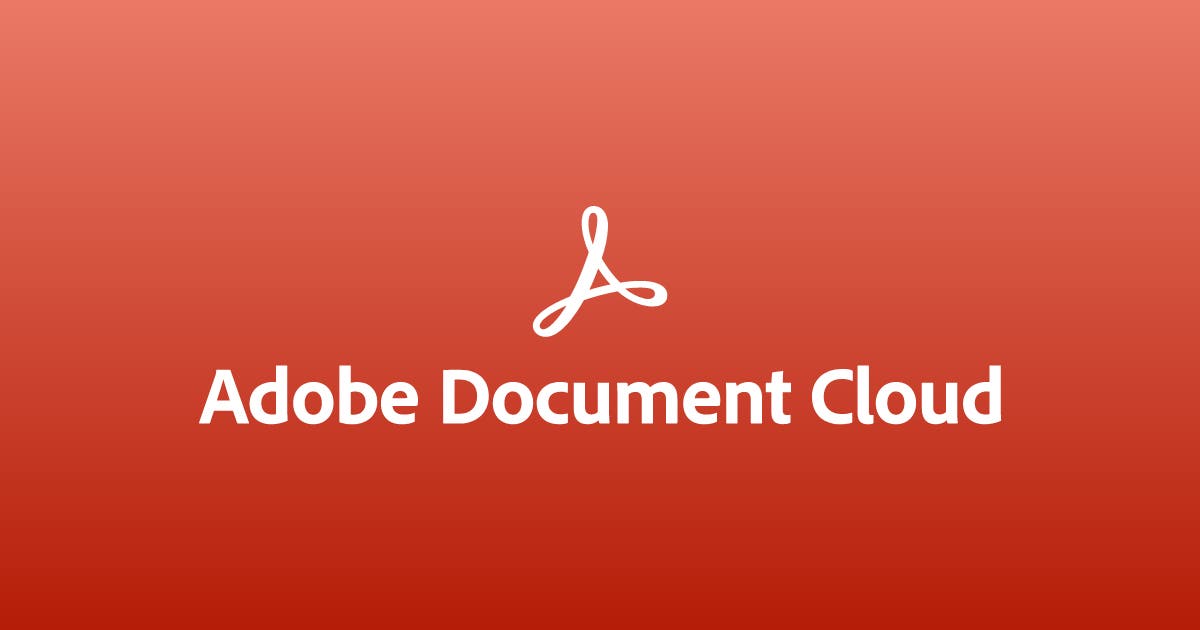Introduction to Design Platforms
In the fast-paced world of design, choosing the right platform can be a game-changer. With so many options available, two giants often come up in conversation: Adobe Creative Cloud and Canva. Both have carved out their unique niches in the graphic design landscape, each catering to different types of creators.
Adobe Creative Cloud has long been synonymous with professional-grade tools that power everything from stunning graphics to intricate animations. On the other hand, Canva has democratized design, making it accessible for everyone—from small business owners to social media influencers—who may not have formal training.
As we dive into 2025, it’s essential to dissect these platforms further. Which one truly reigns supreme? Join us as we explore their features, usability, pricing structures, and much more. Whether you’re a seasoned designer or just starting your creative journey, this comparison will help you determine which platform is best suited for your needs.
Overview of Adobe Creative Cloud
Adobe Creative Cloud is a powerhouse in the graphic design tools landscape. It’s an all-encompassing suite that caters to professionals and avid creators alike.
From Photoshop to Illustrator, Adobe offers a range of applications tailored for various creative needs. Photographers can enhance images with precision, while illustrators can create intricate designs seamlessly.
The platform thrives on integration. Users can easily switch between apps without losing their workflow momentum. Collaboration is also enhanced through cloud storage features, allowing teams to share projects effortlessly.
Regular updates keep the software at the cutting edge of technology, introducing new tools and features based on user feedback. This commitment ensures designers have access to innovative solutions as they evolve in their crafts.
With powerful capabilities and robust resources, Adobe Creative Cloud positions itself as a leading choice among serious graphic designers. The depth of its offerings truly sets it apart in today’s competitive market.
Overview of Canva
Canva has revolutionized the design world with its user-friendly interface and robust features. Launched in 2013, this online graphic design tool caters to everyone from beginners to seasoned professionals.
The platform boasts a vast library of templates, images, and fonts. Users can create stunning graphics for social media, presentations, and marketing materials without needing extensive design skills.
Collaboration is seamless on Canva. Teams can work together in real-time, enhancing productivity and creativity. Its drag-and-drop functionality makes designing an effortless experience.
Additionally, Canva offers various educational resources. Tutorials help users unlock their creative potential while mastering different design techniques. This commitment to empowering individuals sets it apart as a go-to choice for many looking to elevate their visual content effortlessly.
Features and Capabilities Comparison
When it comes to features and capabilities, Adobe Creative Cloud and Canva serve different purposes.
Adobe Creative Cloud is a powerhouse, offering industry-standard tools like Photoshop, Illustrator, and InDesign. These applications provide extensive control over design elements for professionals seeking precision.
Canva shines with its user-friendly interface designed for quick and easy graphic creation. It offers thousands of templates suitable for social media posts, presentations, and more—ideal for non-designers or those in need of speedy designs.
While Adobe allows intricate customization through layers and advanced effects, Canva focuses on simplicity. Users can drag-and-drop elements without the steep learning curve often associated with professional software.
Both platforms integrate collaboration features as well; however, Adobe targets teams working on complex projects while Canva caters to casual users needing straightforward sharing options.
Each tool has strengths that cater to distinct audiences within the realm of graphic design tools.
User-Friendliness and Accessibility
When evaluating user-friendliness, both Adobe Creative Cloud and Canva cater to different audiences.
Canva shines with its intuitive drag-and-drop interface. Users can easily create stunning designs without any prior experience. Its extensive library of templates and assets makes it easy for beginners to start right away.
Adobe Creative Cloud, on the other hand, offers a robust suite of tools that professionals love. However, mastering applications like Photoshop or Illustrator requires time and dedication. The learning curve can be steep for newcomers.
Accessibility is another critical factor. Canva operates entirely online, allowing users to design from anywhere with an internet connection. This flexibility appeals to those who prefer quick edits on the go.
Adobe’s software primarily runs on desktop applications but has made strides in cloud features through Adobe Express and mobile apps. Still, some users may find themselves limited by system requirements or connectivity issues when working offline.
Pricing Comparison
When it comes to pricing, Adobe Creative Cloud and Canva offer distinct approaches that cater to different user needs.
Adobe Creative Cloud follows a subscription model, with plans ranging from individual applications to the complete suite. Users can choose between monthly or annual subscriptions. While this provides access to powerful tools like Photoshop and Illustrator, costs can add up quickly for casual users.
On the other hand, Canva offers a freemium model. Basic features are available at no cost, making it accessible for beginners and small businesses. For those seeking advanced functionalities such as custom branding and collaboration tools, Canva Pro is priced affordably on a monthly basis.
Your choice will depend on how you plan to use these graphic design tools. A professional designer may find more value in Adobe’s extensive capabilities while a hobbyist might prefer the budget-friendly nature of Canva’s offerings.
Future Predictions for Adobe Creative Cloud and Canva
As we look towards 2025, both Adobe Creative Cloud and Canva are expected to evolve significantly. Adobe continues to innovate, integrating AI-driven features that streamline workflows for professionals. This could mean even more intuitive tools for designers seeking precision and creativity.
On the other hand, Canva is likely to expand its user base by enhancing collaborative features. With a focus on accessibility, they may introduce advanced templates that cater to niche markets or industries.
Sustainability is another area where both platforms might compete. Eco-friendly practices in design software can become a priority as users increasingly demand responsible choices.
Moreover, cross-platform integration will be crucial. As remote work solidifies its place in the industry, seamless collaboration between these platforms could redefine how teams approach graphic design projects moving forward.
Final Thoughts
When weighing the options between Adobe Creative Cloud and Canva, it’s clear that both platforms cater to distinct audiences. Adobe Creative Cloud maintains its reputation as a powerhouse for professional graphic design tools. It offers advanced features and capabilities that appeal to seasoned designers seeking comprehensive control over their projects.
On the other hand, Canva shines with its user-friendly interface and accessibility, making it ideal for beginners or those needing quick designs without steep learning curves. Its templates and drag-and-drop functionality allow users to create stunning graphics in minutes.
Pricing is another crucial factor. While Adobe’s subscription model can be pricey, it reflects the depth of tools available. Canva provides a more budget-friendly option with free access to basic features and affordable premium plans.
Looking ahead, both platforms seem poised for growth but in different directions. Adobe will likely continue enhancing its robust suite of creative applications, while Canva may further simplify design processes and expand collaborative features.
Choosing between these two giants ultimately depends on your individual needs—be it deep customization versus ease of use or budget constraints versus professional aspirations. Each platform has carved out a niche within the design landscape of 2025, ensuring there’s something valuable for everyone looking to elevate their creative endeavors.




